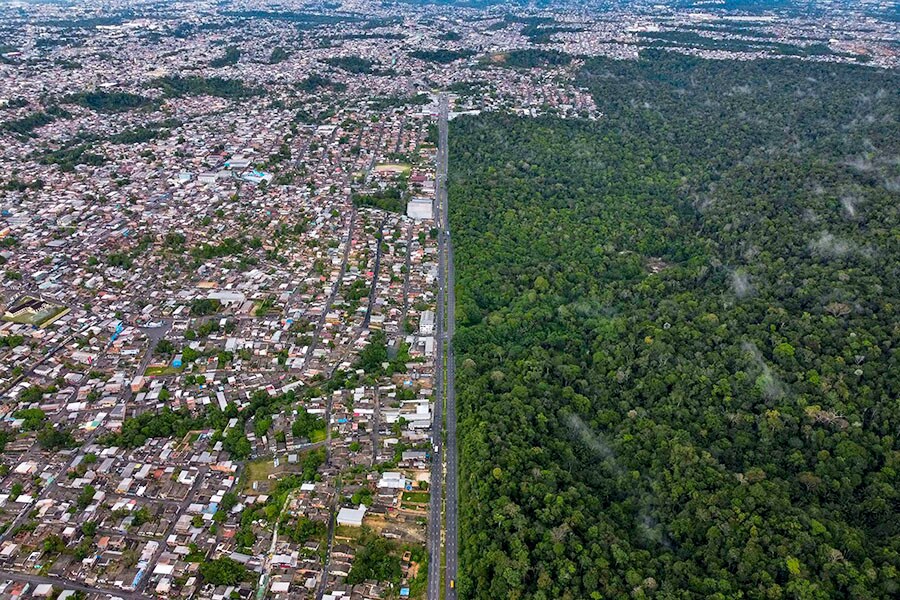
Football pitch worth of tropical forest is lost every 5 seconds
Tropical forests destroyed last year released 2.7 billion tonnes of CO2 into the atmosphere, equivalent to the fossil fuel emissions of India, the world's most populous nation, the WRI's Global Forest Watch unit reported
 Brazil accounted for 43 percent of the tropical forest loss last year.
Image: Michael Dantas / AFP
Brazil accounted for 43 percent of the tropical forest loss last year.
Image: Michael Dantas / AFP
Earth lost an area of carbon-absorbing rainforest larger than Switzerland or the Netherlands in 2022, most of it destroyed to make way for cattle and commodity crops, an analysis of satellite data released Tuesday revealed.
That is nearly a football pitch of mature tropical trees felled or burned every five seconds, night and day, and 10 percent more than the year before, according to the World Resources Institute (WRI).
Tropical forests destroyed last year released 2.7 billion tonnes of CO2 into the atmosphere, equivalent to the fossil fuel emissions of India, the world's most populous nation, the WRI's Global Forest Watch unit reported.
Brazil accounted for 43 percent of the loss, with the Democratic Republic of Congo and Bolivia responsible for about 13 and nine percent, respectively.
The more than 41,000 square kilometres (nearly 16,000 square miles) decimated globally last year makes 2022 the fourth most devastating year for primary forests in two decades.







